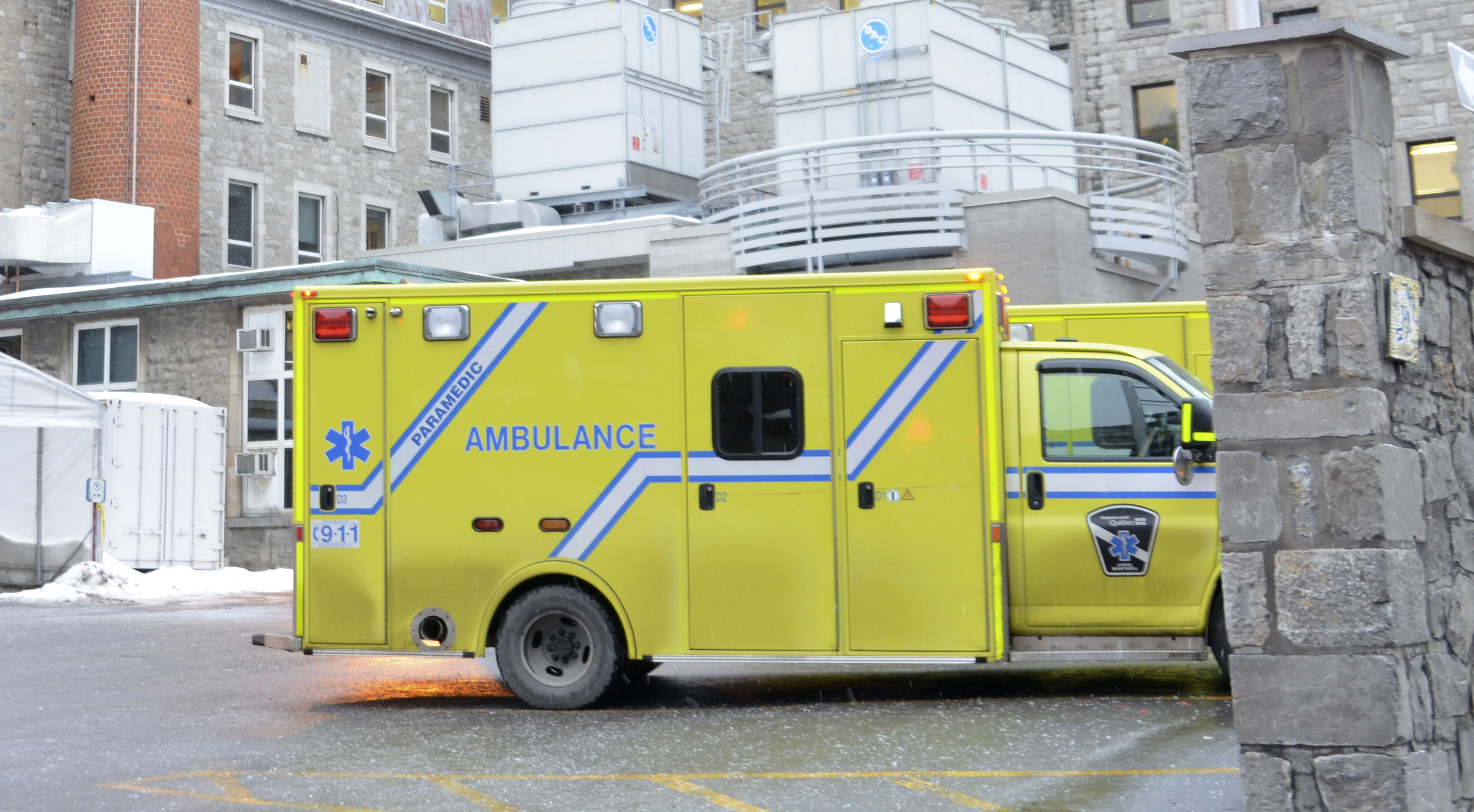As Canadians, we are as proud of our healthcare as we are of our hockey. Any display of Canadian nationalism is hardly complete without allusion to our “free,” “universal” system, especially when making comparisons to our neighbour south of the border. Unfortunately, the clear reality is that our healthcare isn’t as good as we’d like to believe. Lapses in patient care do occur – and they have terrifying consequences.
On November 2, Mark Blandford died of a ruptured aneurysm after the administration at St. Mary’s Hospital unilaterally decided to transfer him to another facility, despite having the means to perform potentially life-saving surgery.
As Quebec is swept by austerity measures, many cite budget cuts as the underlying reason for Blandford’s death. It is true that the hospital has been ordered to slash $11.1 million in expenses since last May, and this trend has echoed across the country. In Ontario, the government is moving to cut costs by extending hospital budget freezes and lowering physician fees. In Nova Scotia, 19 community groups that receive financial support from the Nova Scotia Department of Health and Wellness have seen their funding reduced by almost a quarter.
However, though decreases in funding undeniably exacerbate issues in the system, the problem isn’t really that we don’t spend enough money on healthcare: a 2014 study by the Commonwealth Fund ranked Canada’s healthcare system second-last overall out of 11 nations, even though we shell out almost $1,000 more per capita than the UK, which had the highest ranked healthcare system. In Quebec, a 2010 estimate put the ratio of administrators and primary care staff at 1 to 1.
This apparent inefficiency has not been far from the provincial government’s mind. Last year, Bill 10, a piece of healthcare reform legislation, was passed and implemented. The bill – largely introduced as a cost-saving measure for the austere government – reorganized hospital groupings and centralized decision-making powers in each regional administrative unit. Yet, Blandford’s death suggests that the healthcare system remains both poorly structured and poorly managed, leading to the kinds of inefficiencies that cost lives.
As a result of Bill 10, the province is currently divided up into sectors, each of which falls under the umbrella of a regional administrative organization. St. Mary’s, for example, falls under the West Island Integrated University Health and Social Services Centre, known as the CIUSSS de l’Ouest de l’Île de Montréal in French.
Unfortunately, the new structure has brought its own host of problems. The increasingly centralized nature of the healthcare system, while perhaps removing some middlemen, still has a substantial bureaucracy in which administrators are often too far removed from the medical practioners to be able to make effective decisions, allowing circumstances like those at St. Mary’s to arise. François Béland, an associate professor at the School of Public Health at the University of Montreal, predicted in the Huffington Post that Bill 10 would create a bureaucracy-ridden healthcare system in Quebec, where administrative micromanagement would undermine local decision-making structures. It appears that Béland was not far off the mark.
In fact, a surgeon capable of performing the necessary surgery was present at the hospital at the time Blandford’s condition was discovered. However, the doctor was powerless to help because his privileges to do so had been revoked under the new administration, which had deemed this type of vascular surgery “eccentric to the mission” of the hospital. A system in which the doctors themselves aren’t making the calls about what happens to patients is, undoubtedly, a poor one.
The short-sighted attempt to remove bureaucratic inefficiencies through budget cuts has given rise to new, easily avoidable inefficiencies due to the disconnect between administrators and practitioners. Because of the way that the regions are split up, and the poor communication between them, Blandford was to be sent to a West Island Hospital thirty minutes away from St. Mary’s – even though the Jewish General Hospital was only half a kilometre away, a stone’s throw in comparison. In the case of a ruptured aneurysm, where every minute counts, this type of inefficiency is both unacceptable and unsustainable.
The financial cost for a broken system is no small one, either. While the Quebec Medical Association estimated that inefficiencies in the provincial healthcare system cost taxpayers upwards of $5 billion in 2013, studies have shown that mergers and consolidation in the healthcare sector do not necessarily save money and often come with large, unanticipated costs. The evidence is simply not on Bill 10’s side in terms of the cost or effectiveness of the reforms it has brought.
Evidently, massive reform is required in order to prevent situations like that at St. Mary’s from arising again in the future. Reform, of course, starts with the acknowledgement that the healthcare system is flawed – not necessarily because we don’t pour enough money into it, but rather, because each dollar gets tangled in bureaucracy and administration, serving only to harm the very patients the system is meant to help.
Jeeventh Kaur is a U0 Management student. To contact her, email jeeventh.kaur@mail.mcgill.ca.

